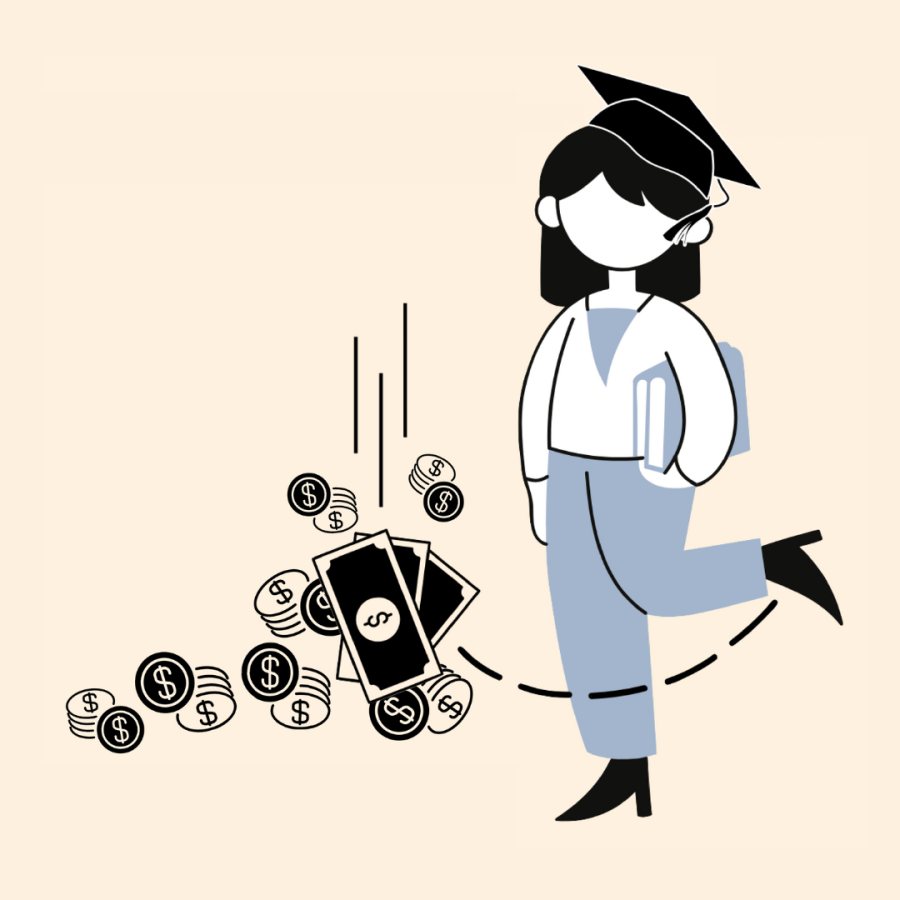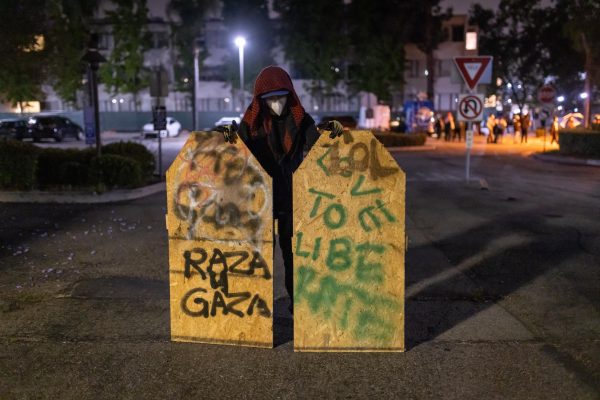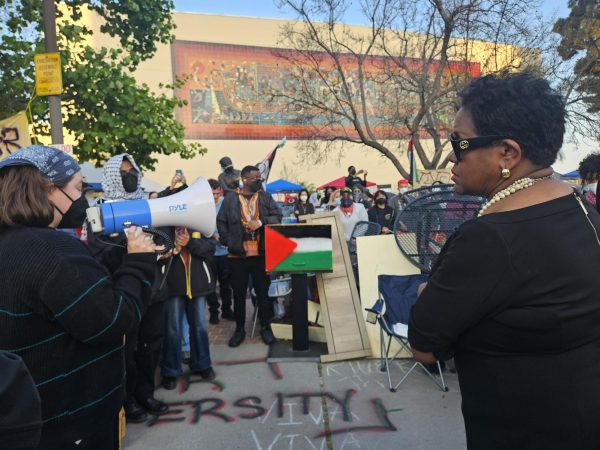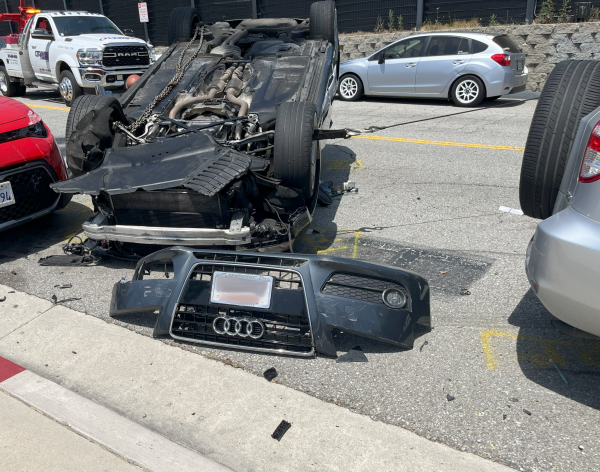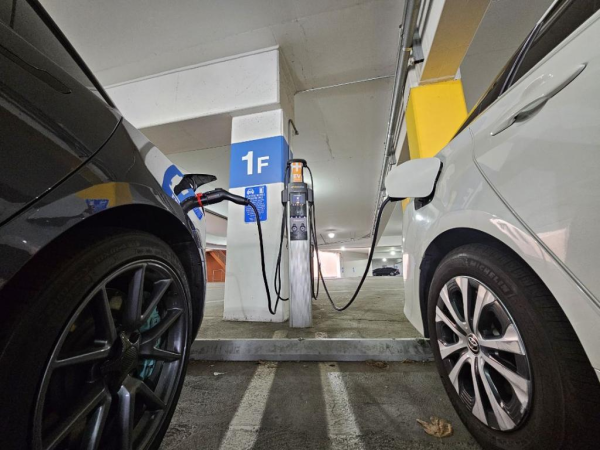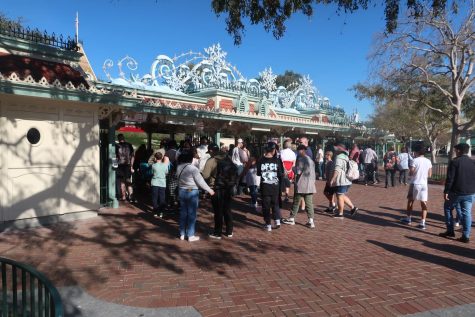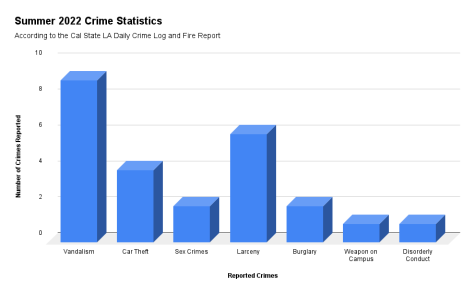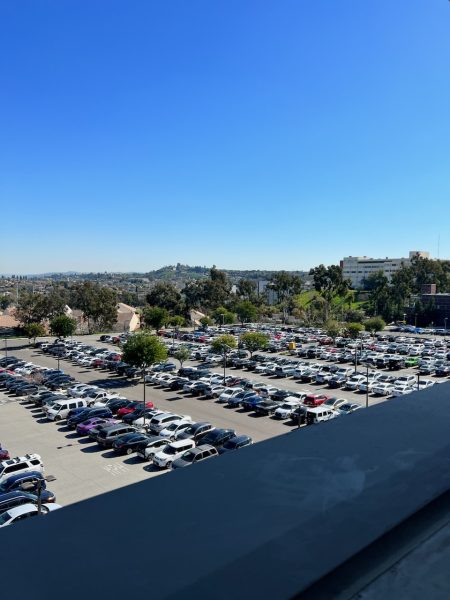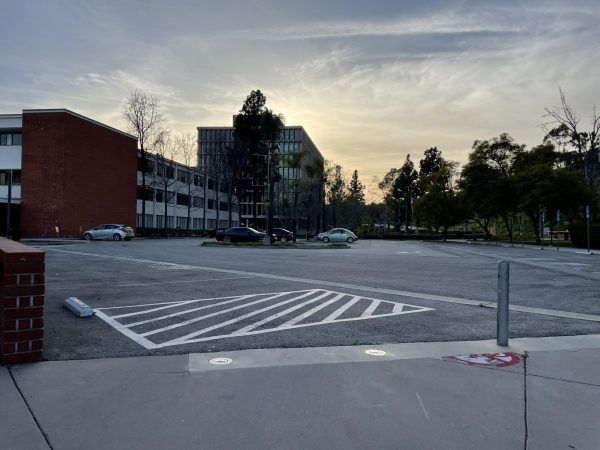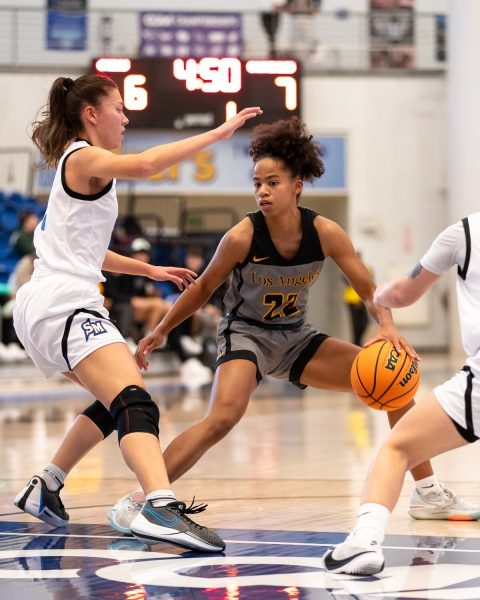What you need to know about student loan forgiveness
Students with college debts feel relieved after hearing about the Student Loan Forgiveness grant.
The Biden administration recently signed into law a three-part student debt cancellation plan. The primary part of the plan is estimated to cancel $20,000 of student debt for any recipient of a Pell Grant and $10,000 for non-recipients and will benefit approximately 43 million individuals.
In addition, Biden announced the final extension given to pausing student loan payments. Payments are to resume starting Jan 1, 2023.
The Cal State LA community had a range of reactions. Sal Correa, who graduated in 2016 with a bachelor’s degree in rehabilitation studies, said, “I’m happy for those who need it.”
Current student Amelie Sanchez, a second-year student studying biology, said she was thankful for it.
Cal State LA students received an email from President William Covino the day Biden announced the three-part plan.
“This historic move could have a profound impact on many in our community,” Covino said in a campus-wide email. “I look forward to seeing the many ways student debt forgiveness will benefit our community.”
According to a study published Jan. 29 by ThirdWay.org, 68% of students received a Pell grant of the 24,223 total enrolled.
Pell grants are only eligible for those students who display exceptional financial need, according to the Federal Student Aid website.
The plan is intended to help students from low-income tax brackets have the opportunity and ability to receive higher education.
The plan’s second component was expanding the Public Service Loan Forgiveness. Individuals who have worked for a non-profit for more than 10 years may be eligible to erase all their student debt. This is a temporary change and will expire Oct. 22, 2022, so individuals who may be eligible need to apply by then.
The last part of the plan aims to make the student loan system more manageable for current and future borrowers. Reducing the requirement of discretionary income from 10% to 5%, raising the amount of income that is considered non discretionary, forgiving loan balances after 10 years of payments, and even covering the borrower’s unpaid monthly interest due to their income being low.
Here are six tips that Federal Student Aid suggests students and former students do to ensure they are given the correct information to repay:
- Update your address and ensure your contact information is correct. This will ensure that your communications are coming on time.
- Understand the information on your next payment. This includes understanding the total amount due and the interest accrued on a payment. This will be in a statement sent to you from your loan provider.
- Evaluate if you are on the right payment plan. There are many different opportunities for borrowers to reevaluate their financial situation. Using the Loan Simulator, you can manipulate factors and circumstances to best match your situation.
- If you want a lower payment, you have to take action to get that. Lower payments won’t automatically happen. Recertifying your income, if it has changed, or changing your plan requires the borrower to organize and understand the information.
- Ask for short-term relief. Since the pandemic, many borrowers have options to help give short-term aid. As a last resort, you can ask to see what plans or offers are available to you.
- Understand what happens when you don’t pay. Students at Cal State LA go through an intensive loan disclosure with their loan officer on campus, but it can still be confusing to understand what happens when you fail to repay. Setting up a meeting with your loan counselor in the Financial Aid Office can allow you to discuss all your options and understand your best course of action.
Students can sign up for notifications when more information becomes available by visiting the Student Aid website.
Correction made on Sept. 8 on a source’s last name.
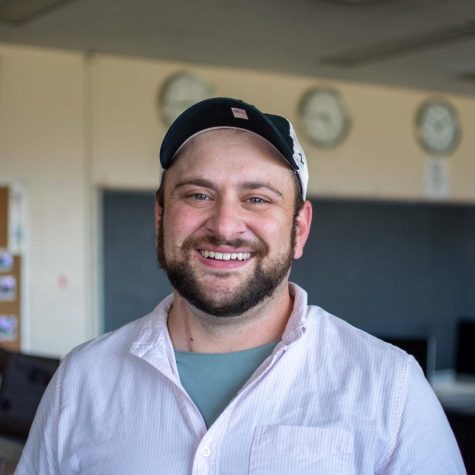
Will Baker is in his final year of undergraduate at Cal State LA studying film production and minoring in entertainment marketing. He is the multimedia...
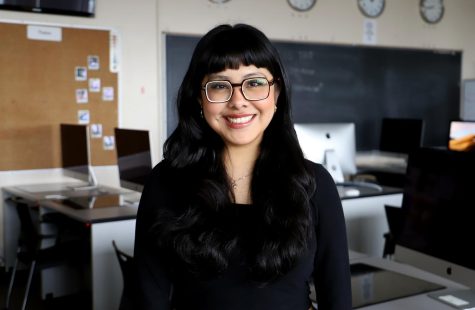
Fatima Rosales is majoring in Graphic Design and Visual Communications. She works for the University Times as Production Manager, designing the newspaper,...

